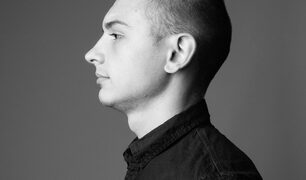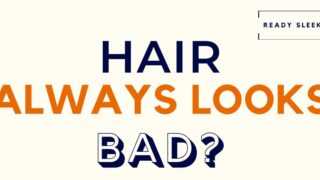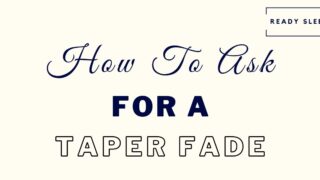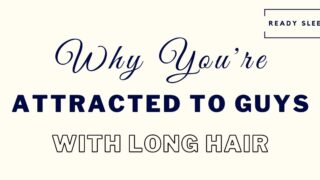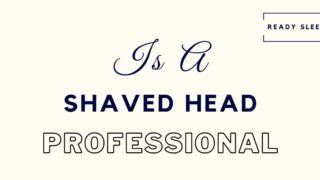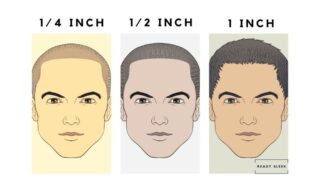Fade styles – the terms can be tough to get to grips with. But they’re so important to get right to avoid getting a look you really never wanted in the first place. So, drop fade vs low fade vs taper – what’s the difference?
A low fade will start around half an inch above the ear, while a taper will start lower down around the top of the sideburns. Unlike low fades and tapers, drop fades “drop” down lower in an arc-like fashion as they pass behind the ear.
As you’d expect, there’s more to it.
Let’s dig a little deeper and look at photos as well to really understand the differences, as well as learn how to choose which of these is right for you.
Drop Fade Vs Low Fade: What’s The Difference?
A drop fade lowers, or “drops” as it passes behind the ear, producing a U-shape at the back. In contrast, a low fade starts around half an inch above the ear but does not drop lower as it passes behind the ear and around the back.
Here’s a drop fade:
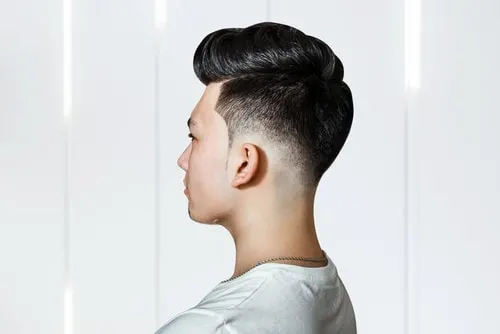
Here’s a low fade:
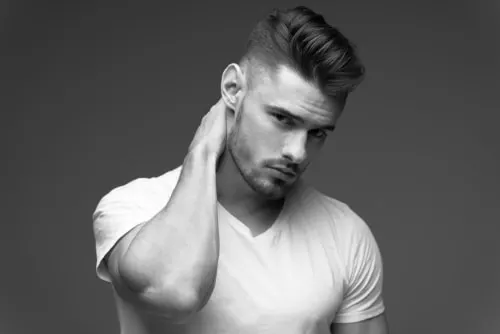
Both drop fades and low fades are effects where the sides and back appear to gradually increase in length from the bottom to the top.
The typical blurred effect of both fades is produced due to the seamless blending of the different lengths with no harsh lines.
This is done using the clipper technique and the expertise of a barber.
A “low fade” will start to transition in length approximately half an inch above the ear. In other words, below this point, the hair will be at its shortest.
Mid fades and high fades, on the other hand, transition in length higher up the sides – around an inch above the ear and around the level of the temples respectively.
The difference between low fades and drop fades has nothing to do with how high up the fade starts. It has to do with the course the fade takes as it travels around the back of the head from ear to ear.
A low fade will start around half an inch above the ear and appear to be (almost) a straight line as it travels around the head. It will still have a subtle curve to it, but not as curved as a drop fade.
A drop fade could start around the same height at the sides. It could start at the same level as a low fade – half an inch above the ear. But it could also start a little higher – perhaps an inch above the ear like a mid fade would.
Both low fades and drop fades could also be the same length. For example, a #1 fade or a #2 fade, or a skin fade.
The term “drop fade” doesn’t tell you much about how high up the sides it starts, unlike the terms “low fade” and “mid fade”. It also doesn’t tell you much about the length of the fade.
What it tells you is what happens to the fade as it passes back behind the ear. It “drops” – lowering to form an arc shape around the ear and a U-shape at the back.
This is unlike the straighter appearance of the low fade.
Let’s talk about how you might use your knowledge of the differences between these two fade styles to decide between the two of them.
How To Choose
Consider these factors when choosing between a drop fade and a low fade.
1. Natural Curve
The back of the head can appear very different from one person to another. In general, you can expect plenty of ridges and grooves – have a feel of your own.
While this usually isn’t very noticeable, trimming the fade in a straight-ish line as you would with a standard low fade often isn’t the most natural-looking aesthetic.
The U-shaped curvature of a drop fade often has a more natural appearance to it, simply because it’s less harsh, more gradual, and more likely to take into account the ridges that people have at the back of their heads.
2. Standing Out
Drop fades are a little less common than low fades. Don’t get me wrong – they aren’t uncommon by any means.
But you’re more likely to see the straight-ish trajectory of a low fade than you are the subtle curvature of a drop fade on any given day.
If you’re looking for a style that’s a little less common but still subtle like a low fade, a drop fade may be a good option.
It’s a good way to stand out from a crowd with a fade.
Drop Fade Vs Taper: What’s The Difference?
A taper is the lowest type of fade, transitioning in length around the top of the sideburns. In contrast, drop fades usually start higher up than tapers but then drop as they pass behind the ear, resulting in more of a U-shaped appearance around the back.
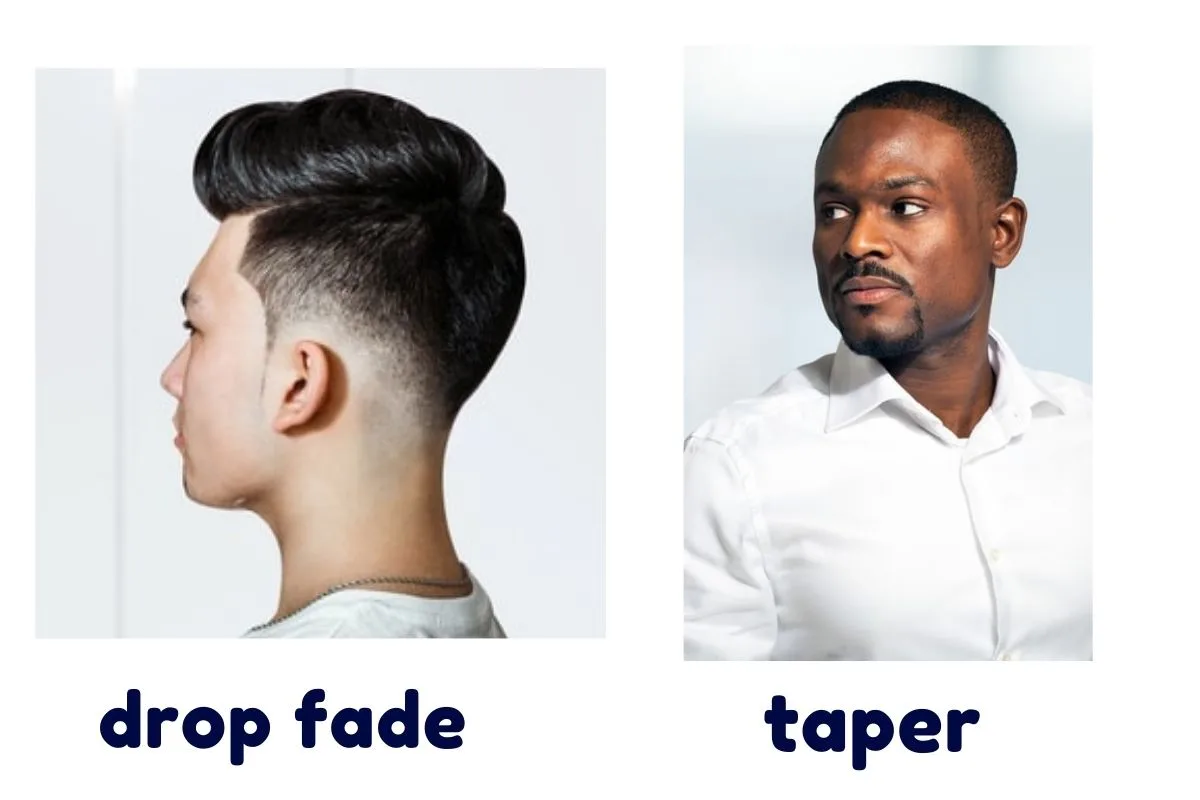
Images From Shutterstock And Deposit Photos
The term “taper” tells you about the height of the fade and nothing else. It tells you that the fade starts even lower down than a “low fade”.
While the height at which they start can vary, the top of the sideburns is usually a good rule of thumb.
Tapers, much like low fades, continue at the same level as you go around the back of the head. In other words, pretty straight.
The term “drop fade”, unlike “taper”, doesn’t tell you much about how high up the fade starts. They usually start around the same level as a low fade (half inch above the ear) or a mid fade at the most (inch above the ear).
Unlike tapers, drop fades drop behind the ear in an arc-like fashion before forming a U-shaped curve at the back.
They aren’t straight like tapers are.
So, drop fades are generally higher up than tapers and also lower as you pass behind the ear, unlike tapers.
Even if a taper did “drop” behind the ear, it usually wouldn’t be high enough to really notice.
Both tapers and drop fades can be of any length – skin fades, 1 fades, 2 fades, etc. All this tells you is how short the shortest length of the fade is before it gradually starts to increase in length.
The difference is the height at which this shortest length starts to gradually increase in length, and what happens to the fade as it travels behind the ear and around the back of the head.
How To Choose
Consider these factors when choosing between drop fades and tapers.
1. Subtlety
This one is the most important.
Tapers are subtle. They’re about as subtle as they get when it comes to fades.
So much so, that they can be hardly noticeable, especially when the shortest length of the fade isn’t that short, to begin with.
If you’re looking for a fade style that is subtle and doesn’t overbear the rest of your hairstyle as a whole, tapers would be a better option than a drop fade.
Drop fades are still pretty subtle, especially when they start low and aren’t very short. The reason for this is that the curvature of a drop fade has a very natural appearance to it.
But they’re still usually higher up than tapers – this does make them more eye-catching and attention-grabbing.
If you want the fade to be a more prominent feature of the style itself, go for a drop fade instead of a taper.
2. Face Shape
There are certain face shapes that benefit from shorter hair at the sides. Having less fullness at the sides will often lead to a slimming and narrowing effect on the face when viewed from the front-on.
People with rounder face shapes would benefit the most from this, as you’d expect.
Tapers are so low that they really don’t remove much fullness from the sides. The shortest length of the fade won’t usually reach higher than the top of the sideburns.
Drop fades usually start anywhere from half an inch to an inch above the ear. As a result, more of the sides are trimmed down to the shortest length compared with tapers.
So, in general, with drop fades you’ll have less fullness at the sides compared with tapers.
Although face shape shouldn’t be taken too seriously when it comes to choosing your fade, it’s worth considering.
If you’ve got a rounder face shape, consider the drop fade over the taper, simply because you’ll usually be removing more fullness from the sides.
Conclusion
There you have it.
Hopefully, everything you could have wanted to know about drop fades and how they differ from low fades and tapers.
Understanding the differences and knowing what they actually look like is the key to choosing between them.
You should now be much closer to doing that for yourself.
Enjoy.
Ready Sleek founder. Obsessed with casual style and the minimalist approach to building a highly functional wardrobe. Also a fan of classic, vintage hairstyles.

![Drop Fade Vs Low Fade Vs Taper: Differences? [Photos]](https://www.readysleek.com/wp-content/uploads/2021/10/drop-fade-vs-low-fade-vs-taper-720x405.jpeg)
